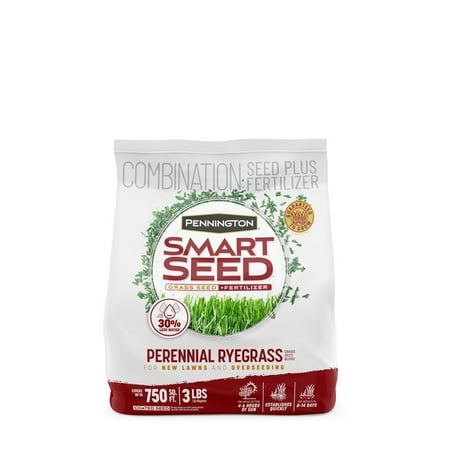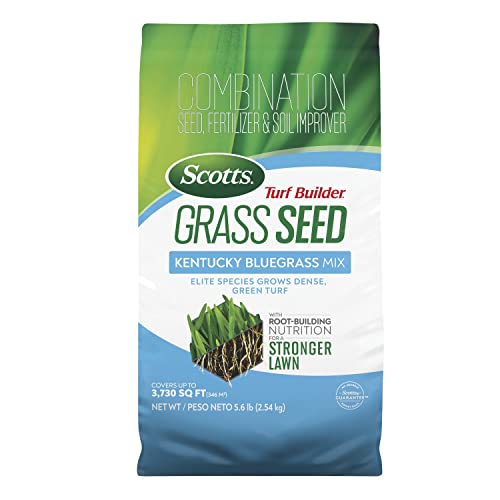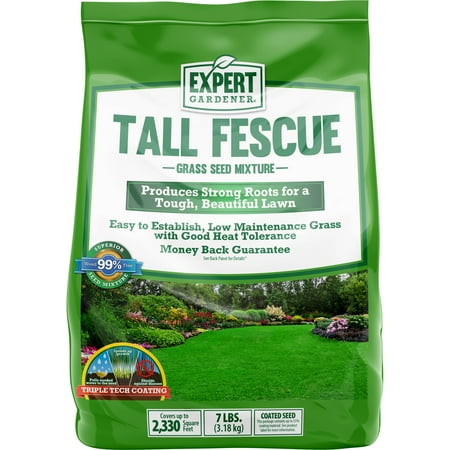Can you plant grass seed in winter? Lawn experts reveal how this is possible, plus why doing so saves you time in spring
Discover what dormant seeding is and exactly how to do it
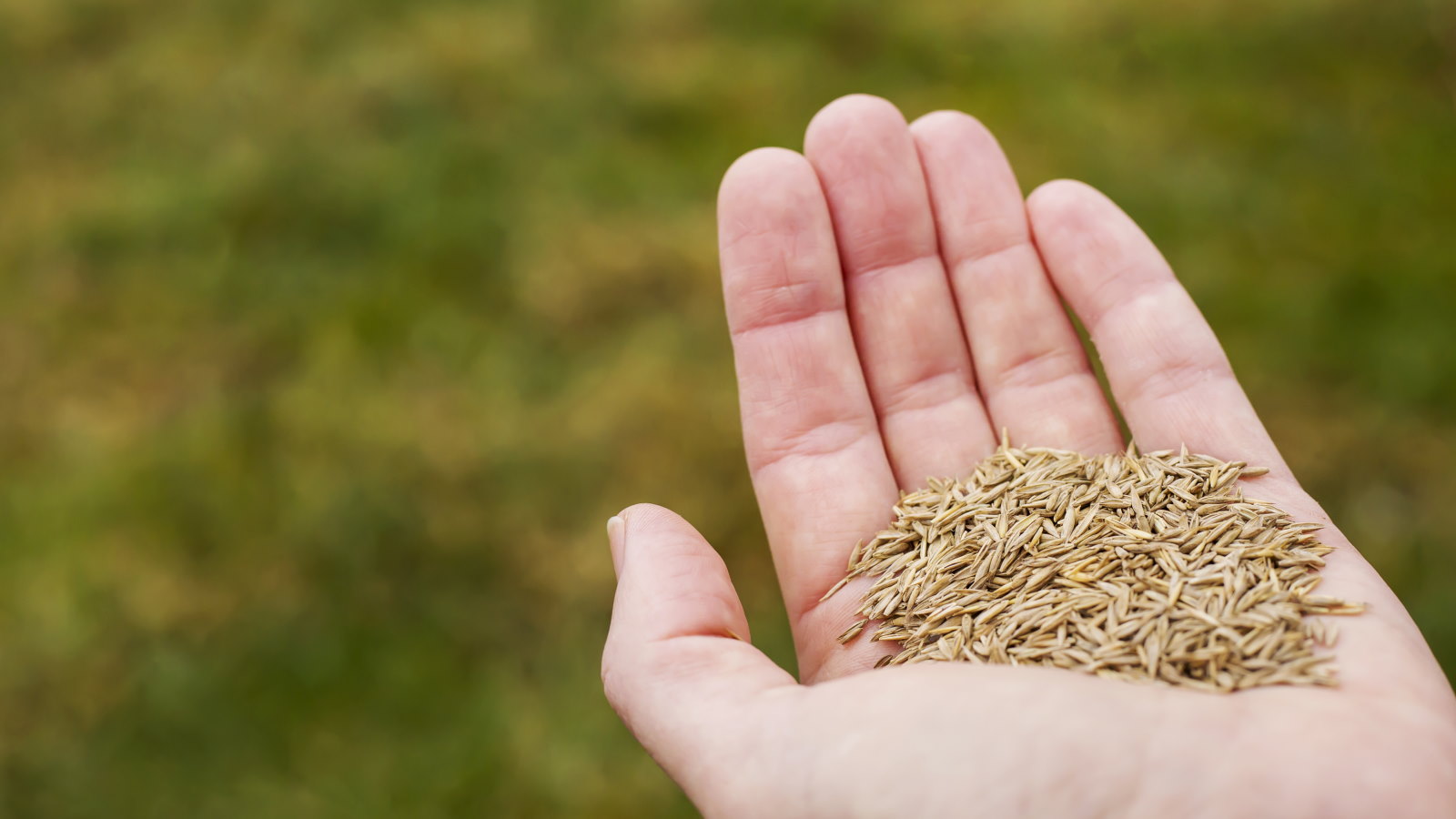

Cold and frozen ground sounds unsuitable for doing any form of seeding, however, it may surprise you to know that you can plant grass seed in winter. It can be done via dormant seeding, which is effective under the right conditions and will help you to get ahead come spring.
Dormant seeding requires good timing and patience. It is no winter miracle cure with instant results, but it can be a useful way to get a head start on spring lawn care to cover thin or bare patches of grass.
If you want to plant grass seed in winter, dormant seeding is your best bet. Here, lawn experts explain how dormant seeding works and reveal tips for success with sowing grass seed using this technique.
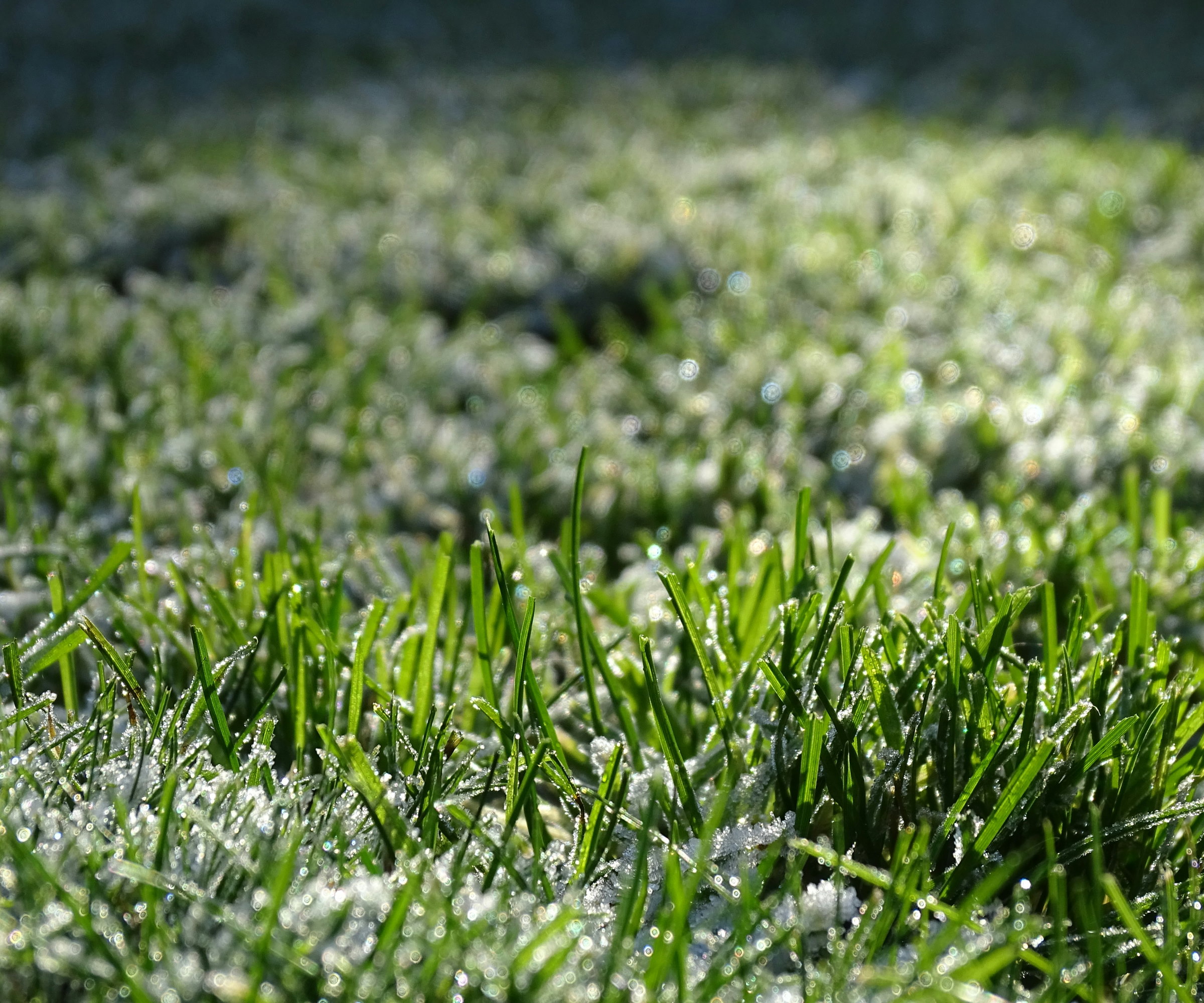
What is the best way to plant grass seed in winter?
The problem with sowing in winter is that, in most climates, the weather is too cold, and your grass seed will not germinate. In warmer US hardiness zones, the soil may stay warm enough to plant grass seed in November and see it germinate through winter, but for many, the ground will be too cold. But that cold weather is no problem for dormant seeding - it is required for success.
What is dormant seeding?
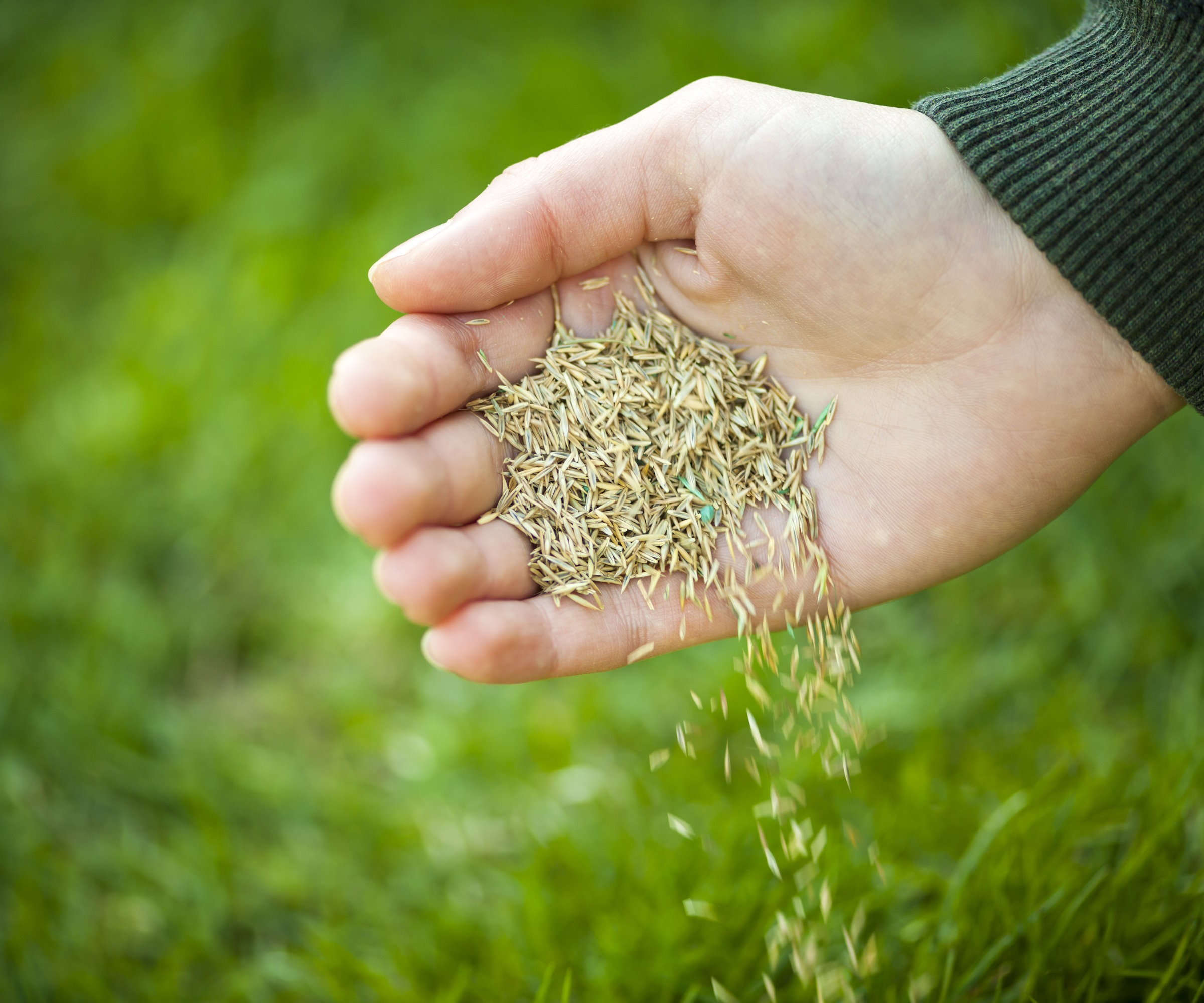
‘Dormant seeding is a technique where you plant grass seed in late fall or winter before the ground freezes,’ explains Edward Coady, the CEO of Mainely Grass. ‘The key is to plant late enough so the seed doesn’t have time to germinate before winter. The seeds sit in the soil over winter and germinate in early spring when the soil warms up.’
Frosts do not kill the grass seed, instead, they expose the seed to the natural conditions they want to break dormancy. While the temperatures remain low enough to inhibit germination, the seed will sit in contact with the soil until starting to germinate when it warms up in spring.
While it can be a way to get ahead with overseeding parts of a lawn, dormant seeding is not without risks. There are potential pitfalls and it must be done at the perfect time - and with the right type of grass.
Francis Daniels, founder and CEO of TurfPro, admits you have to ‘time it perfectly’ and, even then, warns ‘you're looking at about half the success rate compared to seeding during prime seasons’.

Edward Coady is the CEO of Mainely Grass, a company that provides complete lawn care services for customers throughout New England.
Expert tips for dormant seeding
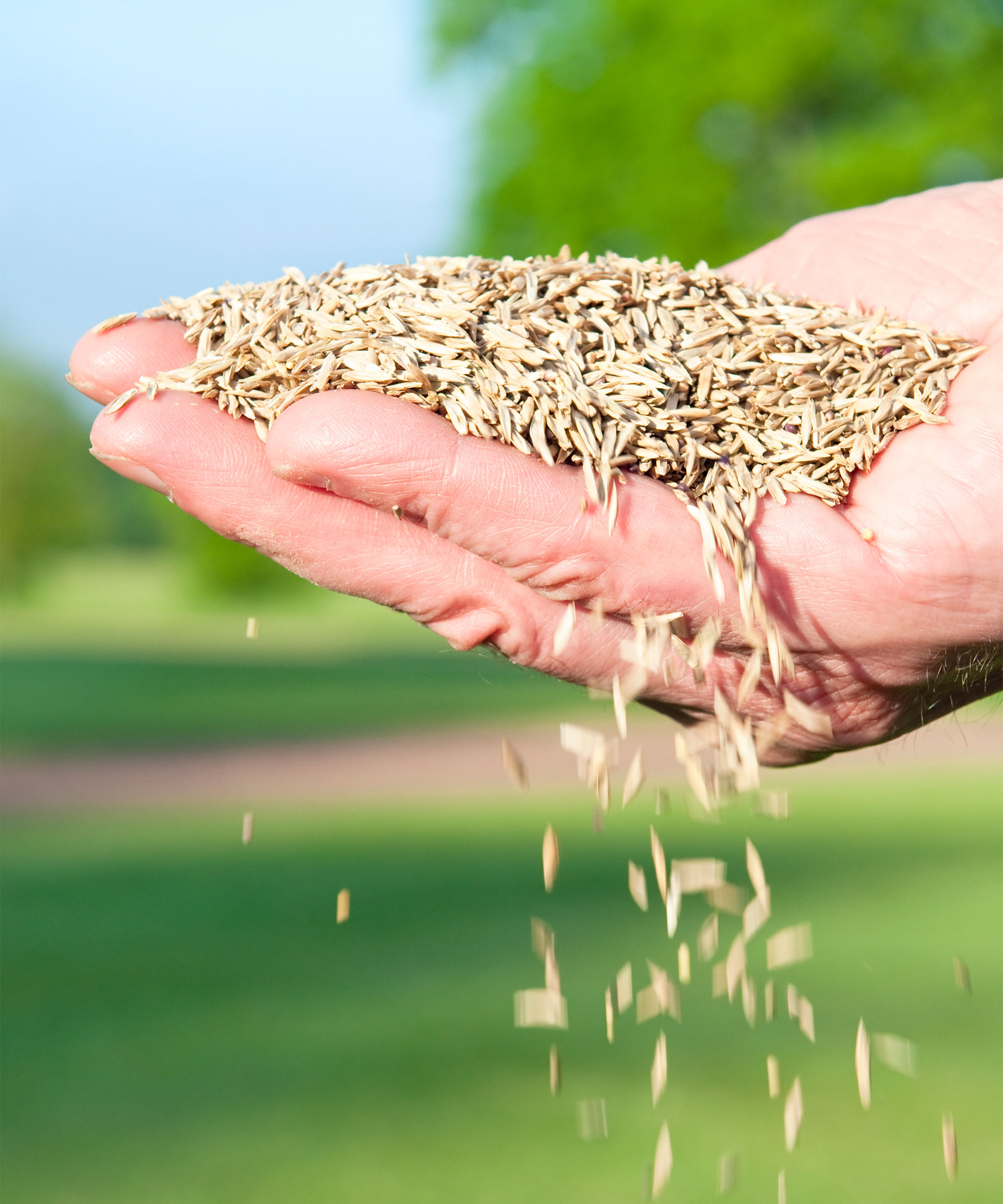
Mark Marino, owner and operator of Lawn Phix, advises dormant seeding ‘after the first hard frost but before heavy snowfall’ and picking the appropriate seed blend for your region and grass type, as some types are better suited to this technique. Ryegrass, Kentucky bluegrass, and fescues are the best grass seeds for overseeding in winter.
Mowing the lawn before planting grass seed in winter is beneficial. The final mow before winter usually occurs just before the temperatures drop and when the grass growth slows down.
Raising the mower deck is normally recommended during fall lawn care so that the longer grass insulates the soil. However, if you want to plant grass seed in winter and do dormant seeding, mowing the area you will seed shortly helps to guarantee good seed-to-soil contact and prevent the seed from germinating in warmer, insulated temperatures. Raking the area will also remove thatch and scratch the surface to help the seed make good contact with the soil.
Depending on the size of the area, you can sow the grass seed by hand or use a seeding machine. A slit seeder, which creates a slit in the soil into which it drops a seed and covers it with soil, guarantees the best contact - but it is unlikely for homeowners to have such a machine. Due to an increased potential failure rate of overseeding, add around 10 per cent more seed than if you were sowing during the prime season. Then water the area and leave till spring.
It may be beneficial to cover the area to stop birds eating the grass seed during winter. Snow on the grass is a great natural way to prevent birds from eating the seed, but there are options if you don’t have consistent snow cover. For example, Francis Daniels says he has used ‘a layer of straw mulch to protect the seeds’ when dormant seeding.
The seeds should start to germinate when the temperatures rise in spring and it is common to have to overseed the lawn again once the weather improves to cover any bare patches.
When you fertilize the lawn as part of your spring lawn care, take care of what products you use. As Mark Marino warns: ‘Avoid applying traditional pre-emergent herbicides as they will inhibit grass seed germination.’ Choose a feed designed to use with seeding, such as this starter fertilizer for new grass available at Amazon, as it will not prevent grass seed from sprouting.
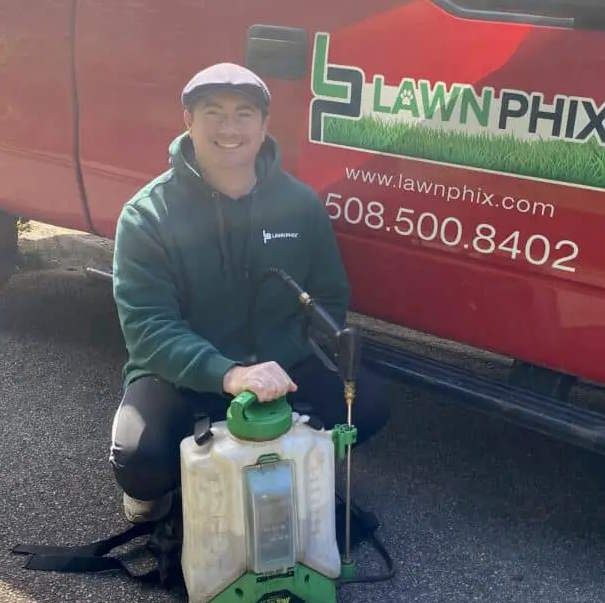
Mark Marino is the owner and operator for Lawn Phix in the state of Massachusetts. He is passionate about nurturing soil health and optimizing turf nutrition, creating an ideal environment for grass to thrive
Shop grass seeds for dormant seeding
It is important to store grass seeds properly to help guarantee good germination. Spare grass seed should ideally be stored in a sealed container but can be kept in bags provided it is sealed and kept in a dry and dark spot. Properly stored grass seed should be good for 2-3 years provided it does not get damp or moldy.
Sign up to the Homes & Gardens newsletter
Design expertise in your inbox – from inspiring decorating ideas and beautiful celebrity homes to practical gardening advice and shopping round-ups.

Drew’s passion for gardening started with growing vegetables and salad in raised beds in a small urban terrace garden. He has worked as a professional gardener in historic gardens and specialises in growing vegetables, fruit, herbs, and cut flowers as a kitchen gardener. That passion for growing extends to being an allotmenteer, garden blogger, and producing how-to gardening guides for websites. Drew was shortlisted for the New Talent of the Year award at the 2023 Garden Media Guild Awards.
You must confirm your public display name before commenting
Please logout and then login again, you will then be prompted to enter your display name.
-
 Martha Stewart's intelligent cabinets 'take every inch into consideration' – their 'visually light' style will solve your small kitchen storage problems
Martha Stewart's intelligent cabinets 'take every inch into consideration' – their 'visually light' style will solve your small kitchen storage problems'Every kitchen can be beautiful and functional, no matter what the size': 9 years since sharing her clever storage, Martha's cabinets are just as beautiful
By Megan Slack Published
-
 This once-dated kitchen is now a timeless space with the coziest details – and its the classic color palette that's made it a chic, welcoming space
This once-dated kitchen is now a timeless space with the coziest details – and its the classic color palette that's made it a chic, welcoming spaceWarming colors and natural materials combine to create this enduringly classic kitchen scheme
By Molly Malsom Published
